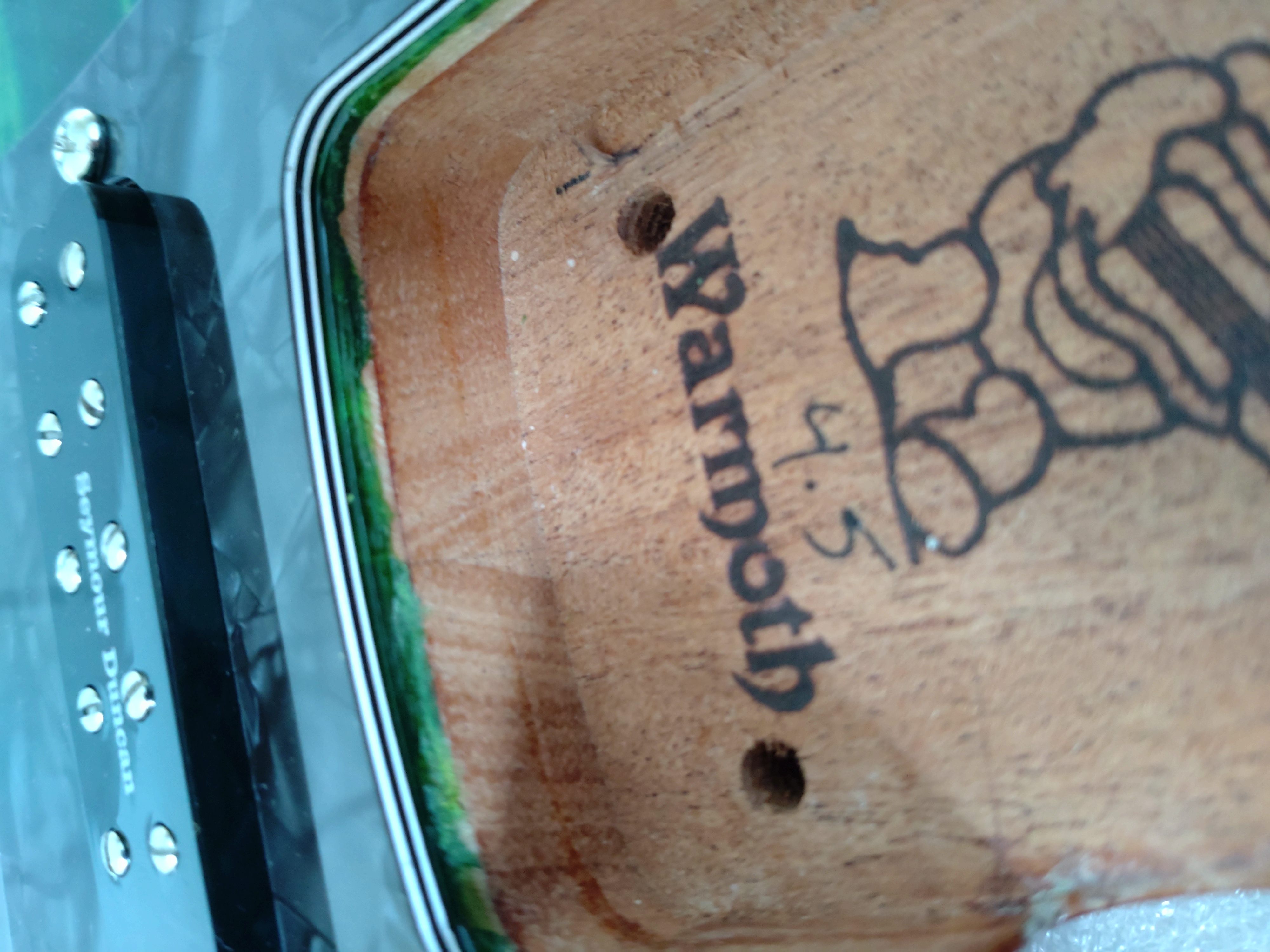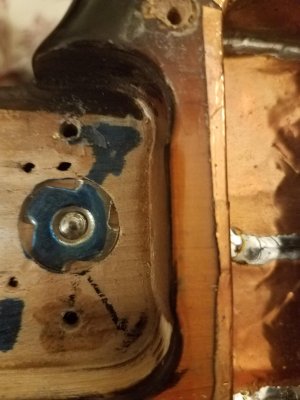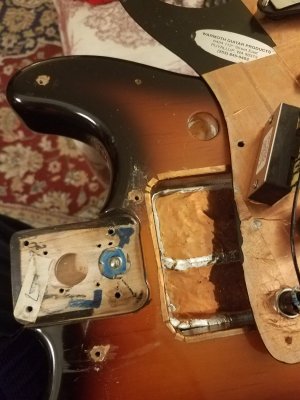Bruce Campbell
Junior Member
- Messages
- 182
The other neck was already strung up by my last post. Just to be clear, you're suggesting I remove the pick guard, attach the conversion neck, and see if it fits/intonates better? Original neck intonates fine, and neither were being pushed by the guard, but when these strings die I could try it.





